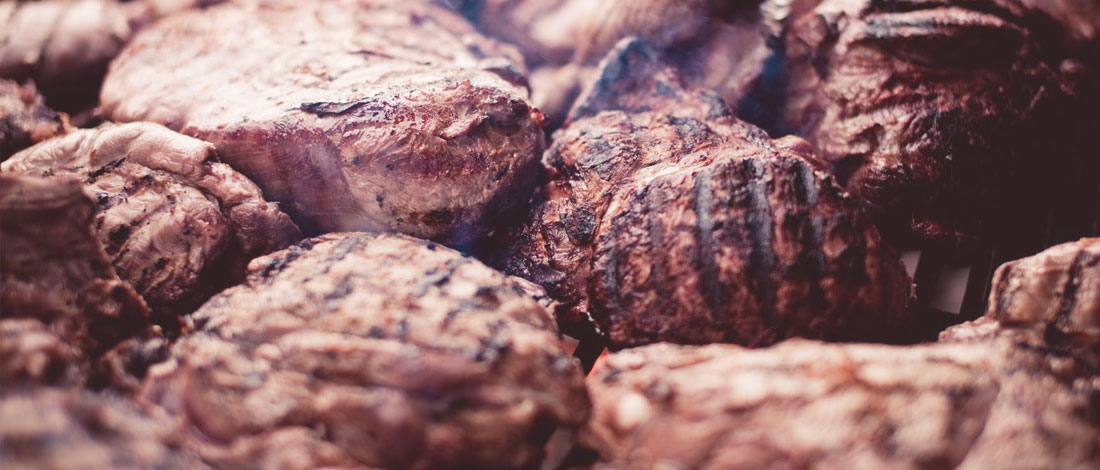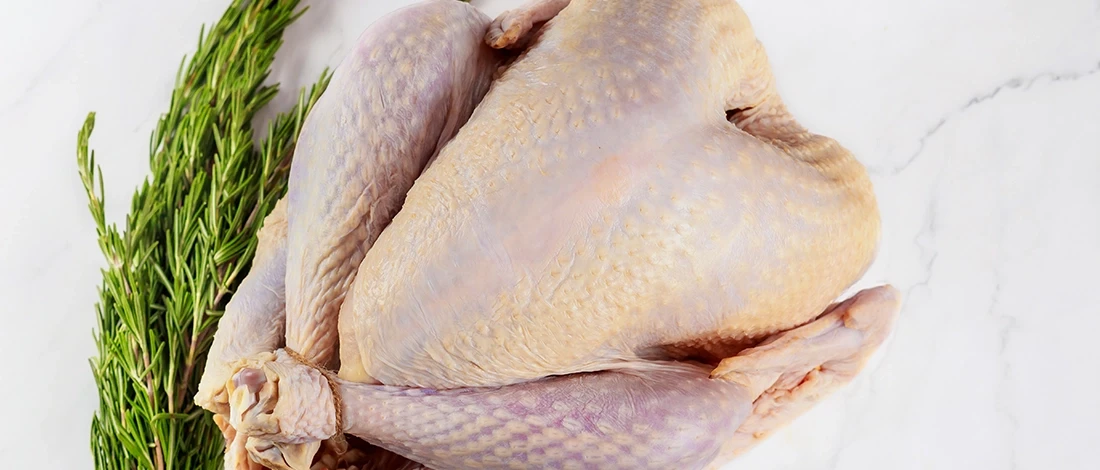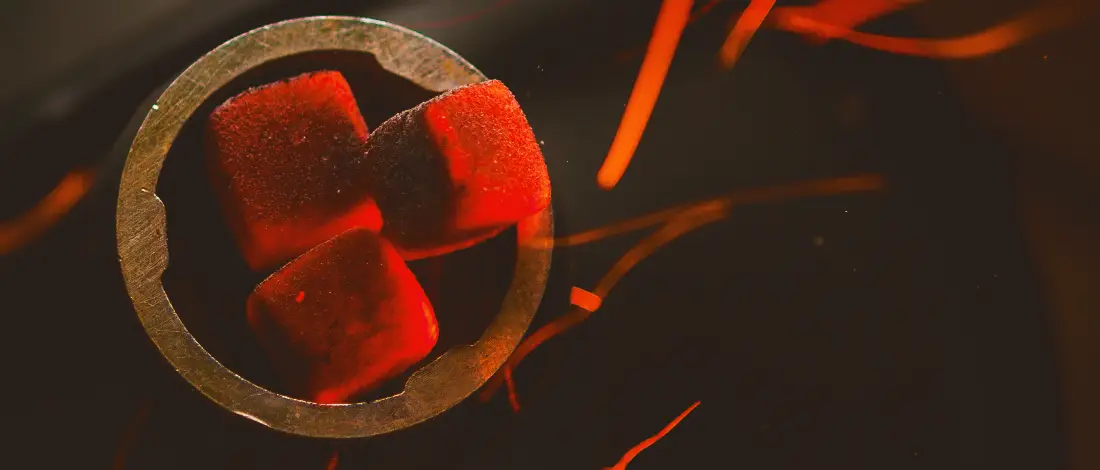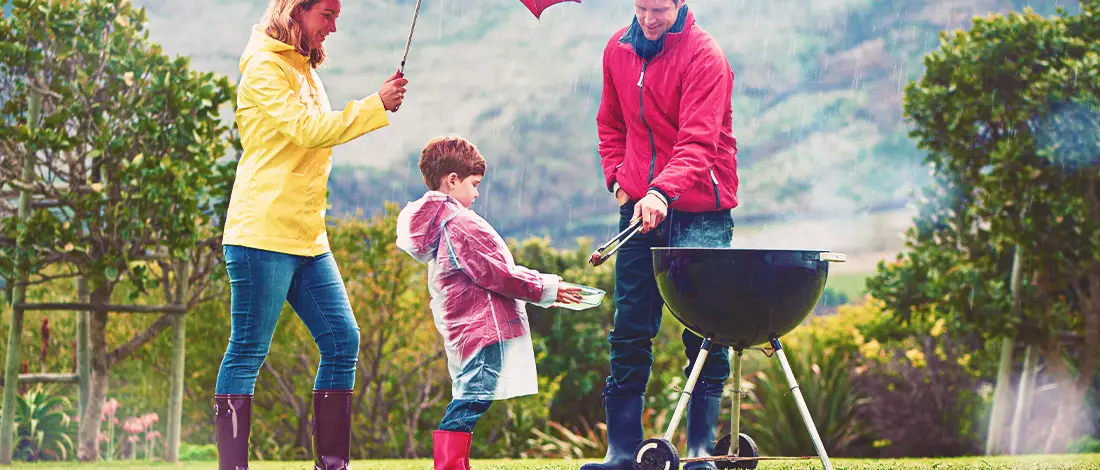As a carnivore diet lover, I've had my fair share of different kosher foods, from kosher beef and poultry to kosher fish.
Today I'll share everything about kosher meat: what it is, how it's made and how different it is from other meats. Further down, I'll also share one of the best kosher meat recipes that you can try today.
Read along.
Quick Summary
- Kosher meat refers to the type of meat that complies with the strict dietary standards of traditional Jewish law, known as kashrut.
- The process of making kosher meat involves five steps: choosing the animal, sacred kosher slaughter, inspection, draining the blood, and packaging.
- The kosher dietary laws distinguish kosher meat from other meats in terms of processing to eating meat.
What Is Kosher Meat?
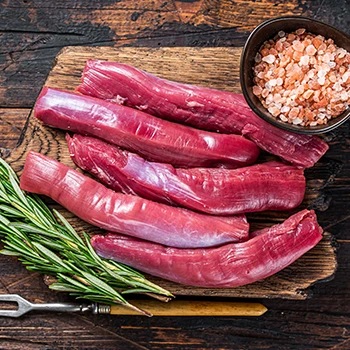
Kosher meat is meat from specific animals that are allowed in the Torah. For example, kosher beef is specifically from animals that chew the cud and have split hooves. Different kosher restaurants also serve other kosher meats, including turkey and fish.
Note that when it comes to kosher poultry, there are permitted (chicken) and forbidden birds (owls).
The certified kosher regulations that define all Jewish dietary patterns are known as "kashrut." They are contained in the Torah and have instructions for the actual execution of these kosher laws.
In addition to classifying certain foods as kosher, the same Jewish dietary laws also dictate how these acceptable foods must be handled and processed before eating [1].
The same kosher certification applies to processed foods as well.
"The traditional Jewish law pertaining to kosher foods is quite interesting: you cannot eat meat and dairy products simultaneously, and if you eat meat, you have to wait for a while before taking any dairy."
- Michael Solomonov, Executive Chef
The Process of Making Kosher Meat

There are typically five crucial steps in the process of making kosher meat. Here's a detailed description of each step.
1. Choosing the Animal
The first stage in kosher meat preparation is identifying the kosher animal.
Kosher food standards allow the ingestion of bigger kosher mammals that chew their cud and have split hooves, such as cows, sheep, goats, bison, deer, elk, and even giraffes.
Of all these, beef and lamb are often the most popular in the kosher diet.
There are also other types of acceptable animals, like kosher fowl, chicken, and turkey.
2. Sacred Kosher Slaughter
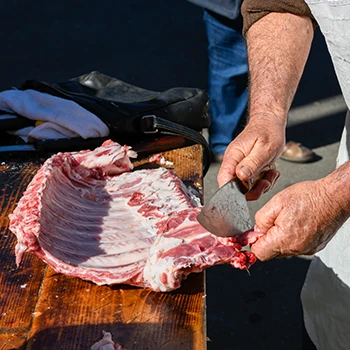
According to Jewish dietary law (shechitah), the animal must be slain in a specified manner. The shochet (slaughterer) is well-versed in both the act of slaughter and the rules that must be observed.
The shochet must also have excellent moral integrity and a greater standard of yira'at shamayim (holy awe) [2].
The shochet must not use any non kosher equipment during slaughtering. He’s allowed to use a razor-sharp knife at least twice the length of the neck of the given kosher animal species.
Following a prayer, the trained kosher slaughterer cuts the trachea and main blood arteries rapidly, so the animal loses blood and suffocates. This minimizes the pain and suffering of the animal.
3. Inspection Procedure
A qualified bodek (inspector) must scrutinize the meat, lungs, and organs of the kosher butchered animals for flaws that might deem the animal non-kosher [3].
For example, the lungs are pumped with air and immersed in water to look for bubbles that suggest a perforation.
When the animal is deemed kosher, it is marked with a distinctive kosher label to avoid mixing with non-kosher animals.
4. Draining the Blood

The eating of an animal's blood is forbidden under the Jewish kosher diet. All kosher meat must undergo a particular treatment to eliminate it.
The meat is soaked in fresh water for at least 40 minutes, and then it's hung to drip and dry.
After a few minutes of dribbling, the meat is salted and hung for 1.5 hours to drain any leftover blood. The meat is then rinsed three times in cold, fresh water to eliminate any residual salt. Afterward, you're left with clean, fresh, and kosher meat.
And for specific organs like the liver with a higher blood content, salting using only coarse salt isn't enough to drain it all out. So, according to kosher guidelines, self-broiling is used to remove the extra blood.
5. Packaging
Following the final washing, the meat is dried, chopped into retail cuts, wrapped, and packaged.
If you're short on time preparing for Thanksgiving, I recommend buying a kosher turkey, so you skip the brining process as it's already brined during the koshering.
How Is Kosher Meat Different From Other Meat?

Kosher meat is different from other meat in terms of slaughtering, processing, and eating procedures.
Strict slaughtering laws: A kosher animal must be slaughtered according to centuries-old laws to produce kosher meat. When keeping kosher, you cannot buy any fileted or ground fish from a non-kosher fish store unless it’s kosher-supervised.
Front part only: The guideline for kosher meat is that the cuts originate from the animal's front end only, unlike other meats that take all parts of the animal, including the hides and skin.
No blood: The final kosher butchering guideline is that you should not consume meat that has blood. Meat with blood is not considered kosher. Per this rule, the kosher butcher plays an important role in salting to remove the blood.
But with other meats, people drain the blood and use it to make different blood delicacies like biroldo and blutwurst.
Related Articles:
Best Kosher Meat Recipe

Here's the best, tried-and-true kosher meat recipe.
Ingredients
- 2-pound chuck roast
- 3 minced garlic cloves
- 1 tsp brown sugar
- 1 tsp black pepper
- 2 to 3 tbsp dried rosemary
- 1 juiced lemon
- Lemon zest
- 1 tbsp kosher salt
Instructions
- Make your rub by mixing rosemary, black pepper, sugar, and salt.
- Wash the chuck with clean water and pat dry,
- Drizzle the lemon juice all over the meat before going in with the dry spice rub. After marinating, place it in a Ziploc bag and refrigerate for at least 6 hours or overnight for maximum flavor.
- Preheat your oven to 500°F and roast the meat for thirty minutes. Remember to use a foil-lined baking sheet.
- Midway through, reduce the oven temperature to 225°F and keep roasting for another 10 minutes per pound (if you're using a bigger neat piece, it'll take longer). Depending on how you want your meat, use a meat thermometer to check for the following temperatures: 120-125° (rare), 130-140° (medium rare), and 140-150° (well done).
- Garnish with cilantro and lemon zest and allow to cool before slicing.
- Serve and enjoy with kosher wine.
And if making an extra trip downtown to get kosher meat is bothersome, conveniently order from ButcherBox and get quality, premium meat delivered right to your doorstep.
FAQs
What Are Examples of Kosher Meats?
Meat from cows, goats, sheep, and ox are examples of kosher meat. Kosher meat is any meat from acceptable kosher animals.
How Is Kosher Meat Slaughtered?
Kosher meat is slaughtered by a skilled slaughterer who uses a sharp knife and cuts deeply into the trachea. This way, the animal loses more blood and suffocates, lessening its pain.
Why Do Jews Eat Kosher?
Jews eat kosher because the Jewish Torah says to do so. It's not actually because of health reasons.
References:
- https://www.oxfordbibliographies.com/view/document/obo-9780199840731/obo-9780199840731-0010.xml
- https://www.jewfaq.org/kosher_dietary_laws
- https://www.britannica.com/topic/kosher

